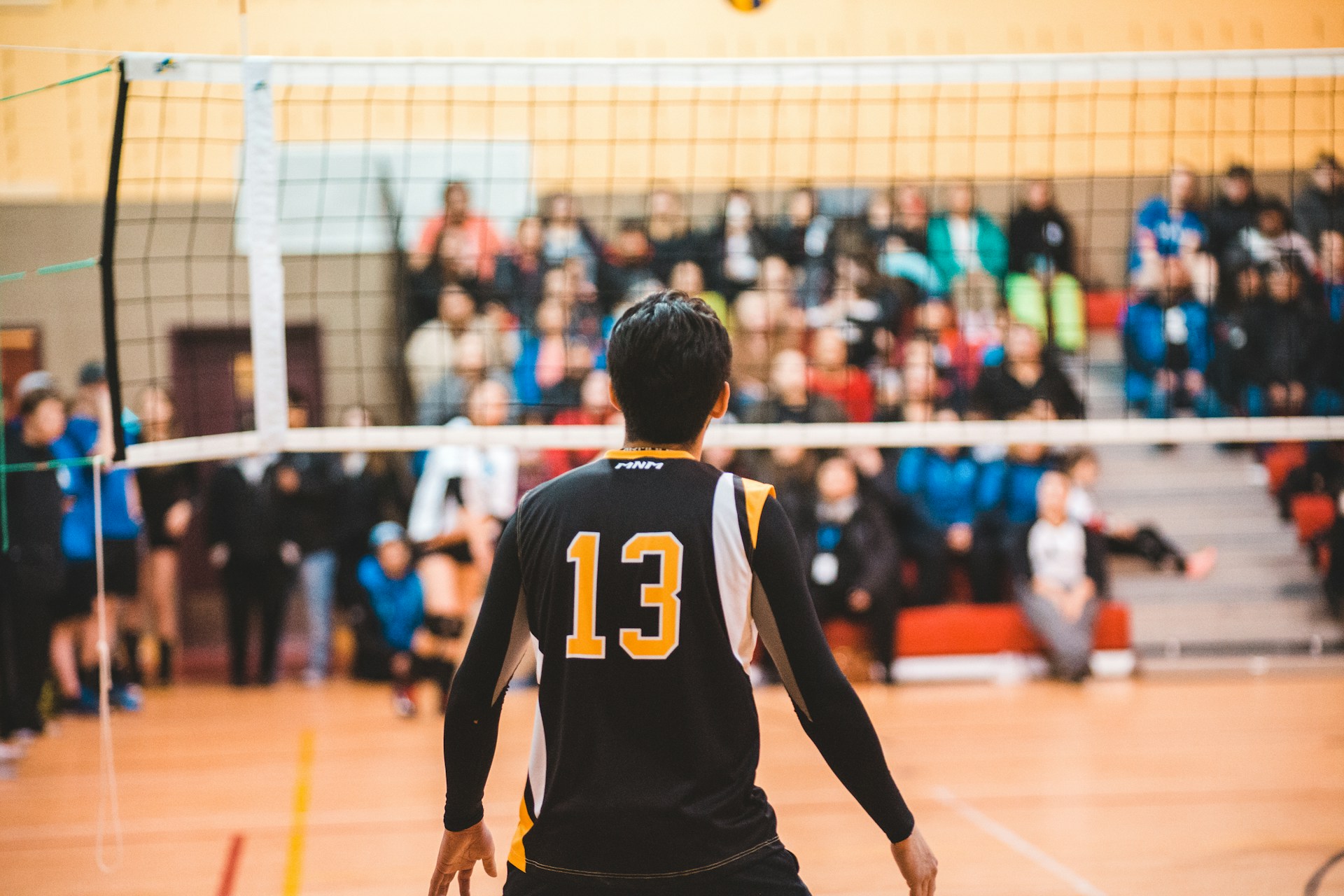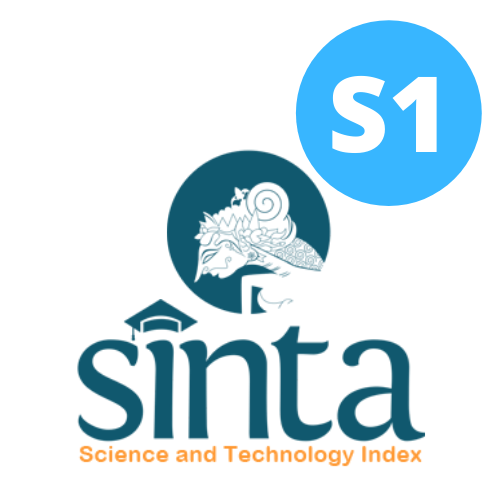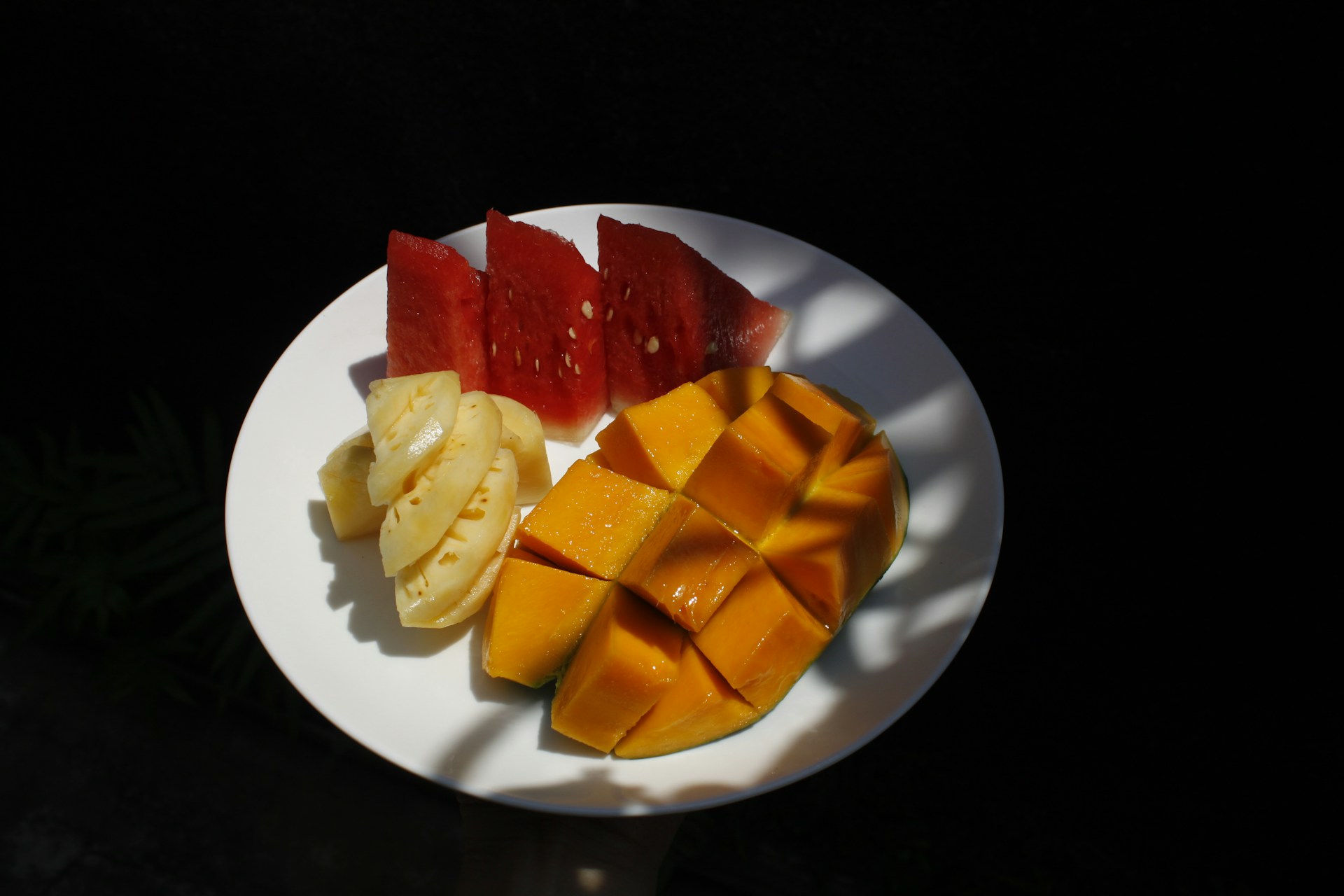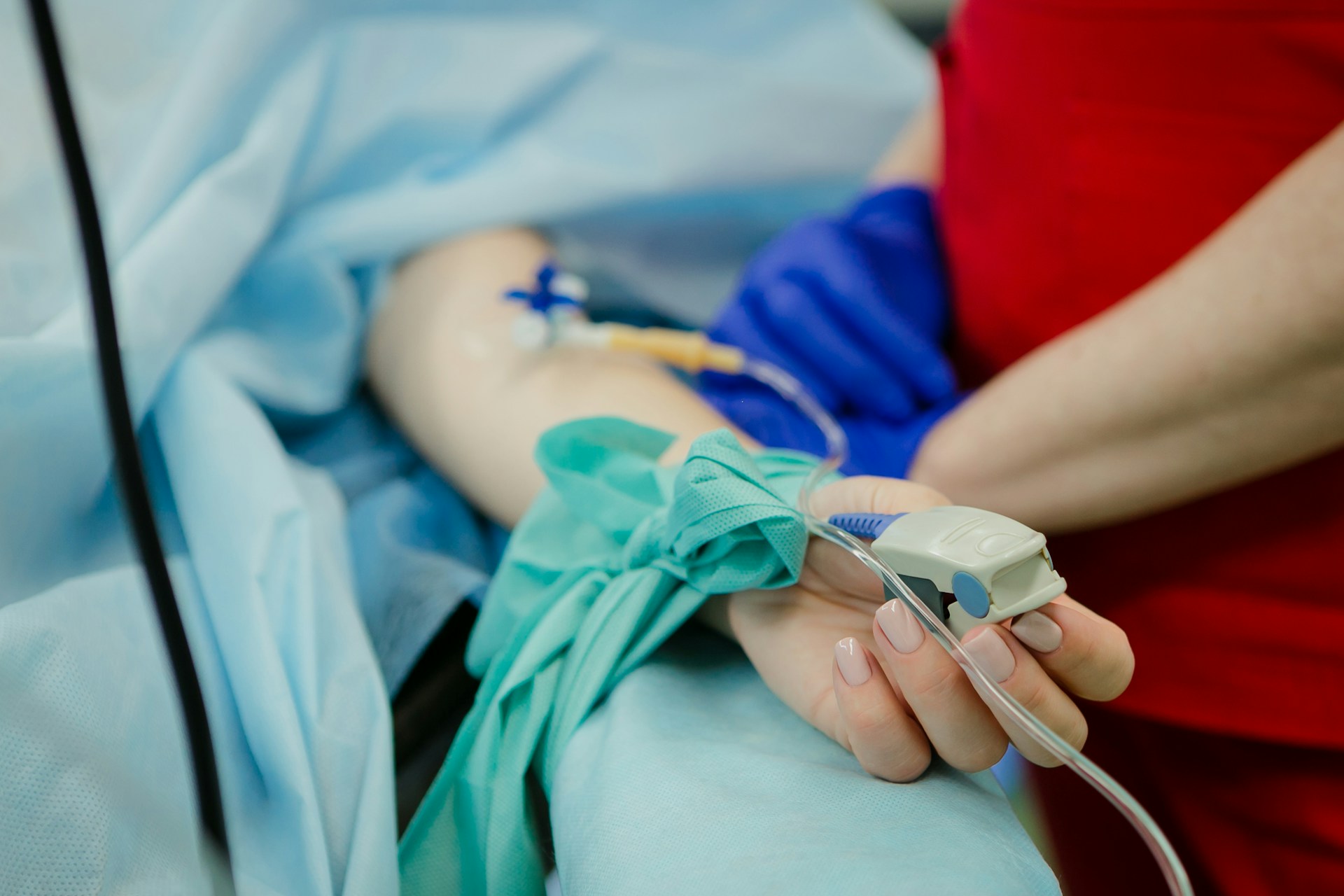The Relationship of Body Composition and Sleep Quality with VO2max in Adolescent Athletes at Sidoarjo Sports High School and Sewon 1 High School
Hubungan Komposisi Tubuh dan Kualitas Tidur dengan VO2max pada Atlet Remaja di SMAN Olahraga Sidoarjo dan SMAN 1 Sewon

Downloads
Background: Body composition and sleep quality are body components that need to be considered in adolescent athletes. Both components can affect the level of maximum oxygen volume (VO2max) and become factors in increasing physical performance in adolescent athletes.
Objectives: To determine the relationship between body composition and sleep quality with VO2max in adolescent athletes at Sidoarjo Sports High School and Sewon 1 High School.
Methods: This cross-sectional study was conducted with 106 athletes selected by purposive sampling. Quantitative data were obtained using Bioelectrical Impedance Analysis (BIA), the Pittsburgh Sleep Quality Index (PSQI) questionnaire, and the Multistage Fitness Test. The statistical tests used were the Pearson Product Moment and Spearman Rank.
Results: There was a significant negative relationship between the percentage of fat mass and VO2max in both combined subjects (r=-0.669, p-value<0.001), male (r=-0.295, p-value=0.026), and female (r=-0.486, p-value<0.001). There was a significant positive relationship between the percentage of muscle mass and VO2max both with combined subjects (r=0.628, p-value<0.001) and women (r=0.492, p-value<0.001). There was no significant relationship between sleep quality and VO2max but there was a relationship in the components of sleep quality, namely subjective sleep quality (r=-0.34, p-value=0.01) and sleep efficiency (r=-0.29, p-value=0.03) with VO2max in female athletes.
Conclusions: Adolescent athletes with a low percentage of fat mass tend to have high VO2max, while adolescent athletes with a low percentage of muscle mass tend to also have low VO2max. There was no significant relationship between sleep quality and VO2max.
Utami, D. Peran Fisiologi dalam Meningkatkan Prestasi Olahraga Indonesia Menuju Sea Games. Jorpres (Jurnal Olahraga Prestasi) 11, (2015). 10.21831/jorpres.v11i2.5728.
Kusuma, I. D. M. A. W. The influence of the differences within the preliminary vo2max level on the Tabata training results. Jurnal SPORTIF: Jurnal Penelitian Pembelajaran 5, 327–341 (2019). https://doi.org/10.29407/js_unpgri.v5i2.13490.
C Wibowo & D C Dese. Hubungan Indeks Massa Tubuh dengan VO2max pada Atlet Bola Basket. Journal Physical Education, Health and Recreation 3, 19–25 (2019). https://doi.org/10.24114/pjkr.v3i2.12251.
Maciejczyk, M. Więcek,M. Szymura, J. Wiecha, S. & Cempla, J. The influence of increased body fat or lean body mass on aerobic performance. PLoS ONE 9, e95797 (2014). https://doi.org/10.1371/journal.pone.0095797.
Yuliasiih & Nurdin, F. Analisis Body Composition Masyarakat Desa Karang Tengah Kabupaten Bogor. Jurnal Segar 9, 14–20 (2020). https://doi.org/10.21009/segar/0901.02.
Nandita Nury Latifah, Ani Margawati & Ayu Rahadiyanti. Hubungan Komposisi Tubuh dengan Kesegaran Jasmani pada Atlet Hockey. Jurnal Keolahragaan 7, 146–154 (2019). http://dx.doi.org/10.21831/jk.v7i2.28085.
Westerterp, K. R. Exercise, Energy Balance and Body Composition. Eur. J. Clin. Nutr. 72, 1246–1250 (2018). https://doi.org/10.1038/s41430-018-0180-4.
Penggalih, M. H. S. T. P, Sofro, Z. M, Solichah, K. M, Niamilah, I. & Nadia, A. Respons, Adaptasi Biokimia, Dan Fisiologi Atlet. (Gadjah Mada University Press, Yogyakarta, 2021).
Doherty, R. Madigan, S. Warrington, G. & Ellis, J. Sleep and Nutrition Interactions: Implications for Athletes. Nutrients 11, 822 (2019). https://doi.org/10.3390/nu11040822.
Irwin, M. R, Olmstead, R. & Carroll, J. R. Sleep Disturbance, Sleep Duration, and Inflammation: A Systematic Review and Meta-Analysis of Cohort Studies and Experimental Sleep Deprivation. Biol. Psychiatry 80, 40–52 (2016). https://doi.org/10.1016/j.biopsych.2015.05.014.
Juliff LE, Halson SL & Peiffer JJ. Understanding sleep disturbance in athletes prior to important competitions. J. Sci. Med. Sport 18, 13–18 (2015). https://doi.org/10.1016/j.jsams.2014.02.007.
Antunes, B. M. et al. Sleep Quality and Duration are Associated with Performance in Maximal Incremental Test. Physiol. Behav. 177, 252–256 (2017). https://doi.org/10.1016/j.physbeh.2017.05.014.
Sukmawati, N. M. H & Putra, I. G. S. W. Reliabilitas Kusioner Pittsburgh Sleep Quality Index (PSQI) Versi Bahasa Indonesia dalam Mengukur Kualitas Tidur Lansia. WICAKSANA: Jurnal Lingkungan dan Pembangunan 3, 30–38 (2019). https://doi.org/10.22225/wicaksana.3.2.2019.30-38.
D J Buysse, C F Reynolds, T H Monk, S R Berman & D J Kupfer. The Pittsburgh Sleep Quality Index: A New Instrument for Psychiatric Practice and Research. Psychiatry Res. 28, 193–213 (1989). https://doi.org/10.1016/0165-1781(89)90047-4.
V H Heyward. Advanced Fitness Assessment & Exercise Prescription. (Human Kinetics, 2014).
Ernalia, Y. Azrin, M. & Latni G, J. Perbedaan Massa Lemak Antara Pengukuran Skinfold Caliper dengan Bioelectrical Impedance analysis (BIA) pada Atlet. Jurnal Kesehatan Komunitas [Journal of Community Health], 6, 267–271 (2020).
Bimantara, G. Hardiansyah, A. & Darmu’in. Hubungan Status Gizi, Persen Lemak Tubuh, dan Kadar Hemoglobin Terhadap Kualitas VO2 Maks Siswa Sekolah Sepak Bola Sport Supaya Sehat Semarang. Jurnal Gizi 12, 20–26 (2023).
Brown, K. A., Patel, D.R, & Darmawan, D Participation in Sports in Relation to Adolescent Growth and Development. Transl. Pediatr. 17, 150–159 (2017). https://doi.org/10.21037/tp.2017.04.03.
Lo, H. M. et al. Factors Affecting Sleep Quality among Adolescent Athletes. Sports Nutr. Ther. 1–6 (2017).
Sargent, C. Halson, S. & Roach, G. D. Sleep or Swim? Early‐Morning Training Severely Restricts the Amount of Sleep Obtained by Elite Swimmers. Eur. J. Sport Sci. 14, S310–S315 (2014). https://doi.org/10.1080/17461391.2012.696711.
R S Rusmiyati. Penggaruh Penggunan Lampu pada Saat Tidur terhadap Kualitas Tidur Remaja di Madrasah Aliyah Negeri 2 Pontianak. ProNers 3, (2015). https://doi.org/10.26418/jpn.v3i1.11005.
Szczepan Wiecha et al. Wiecha, S., Kasiak, P. S., Cieśliński, I., Takken, T., Palka, T., Knechtle, B., & Śliż, D. (2023). External Validation of VO2max Prediction Models Based on Recreational and Elite Endurance Athletes. PLoS ONE, 18(1), e0280897. PLoS One 18, (2023). https://doi.org/10.1371/journal.pone.0280897.
Novitasari, A. & Setiarini, A. Hubungan Komposisi Tubuh dengan VO2max pada Atlet Remaja dan Dewasa. Jurnal Pendidikan Olahraga 8, 35–44 (2019).
Rahadianti, D. Hubungan Nilai VO2max dan Indeks Massa Tubuh pada Atlet NTB. Nusantara Hasana Journal 2, 108–112 (2022).
Aikawa Y, Murata M & Omi N. Relationship of Height, Body Mass, Muscle Mass, Fat Mass, and The Percentage of Fat with Athletic Performance in Male Japanese College Sprinters, Distance Athletes, Jumpers, Throwers, and Decathletes. J. Phys. Fit. Sports Med. 9, 7–14 (2020). http://dx.doi.org/10.7600/jpfsm.9.7.
Demirkan, E. Can, S. & Arslan, E. The Relationship Between Body Composition and Aerobic Fitness in Boys and Girls Distance Runners. Int. J. Sports Sci. 6, 62–65 (2016). 10.5923/j.sports.20160602.07.
Trinschek, J., Zieliński. J & Kusy, K. Maximal Oxygen Uptake Adjusted for Skeletal Muscle Mass in Competitive Speed-Power and Endurance Male Athletes: Changes in A One-Year Training Cycle. Int. J. Environ. Res. Public Health 17, 6226 (2020). https://doi.org/10.3390/ijerph17176226.
Bankovic, V., Dopsaj, M., Terzic, Z. & Nesic, G. Descriptive Body Composition Profile in Female Olympic Volleyball Medalists Defined Using Multichannel Bioimpedance Measurement: Rio 2016 Team Case Study. Int. J. Morphol. 36, (2018). http://dx.doi.org/10.4067/S0717-95022018000200699.
Milivoj, D. et al. Multidimensional Prediction Approach in the Assessment of Male Volleyball Players’ Optimal Body Composition: The Case of Two Elite European Teams. Int. J. Morphol. 2021, (2021). http://dx.doi.org/10.4067/S0717-95022021000400977.
Vargas, P. C, & Jiménez, J. M. The Association Between Sleep Efficiency and Physical Performance in Taekwondo Athletes. Retos: Nuevas Tendencias en Educación Física, Deporte y Recreación 37, 227–232 (2020). https://doi.org/10.47197/retos.v37i37.69860.
Penggalih, M. H. S. T, Sofro, Z. M, Oktarini, K. S, & Ningrum, R. K. The correlation between sleep quality and performance in football athlete. Sleep Biol. Rhythms 19, 195–200 (2021).
Kjeldsen, J. S. et al. Effect of Different Doses of Exercise on Sleep Duration, Sleep Efficiency and Sleep Quality in Sedentary, Overweight Men. Bioenergetics S1:002 (2012).
Benham, J L. et al. Self‐Reported Sleep Quality and Exercise in Polycystic Ovary Syndrome: A Secondary Analysis of a Pilot Randomized Controlled Trial. Clin. Endocrinol. (Oxf) 98, 700–708 (2023). https://doi.org/10.1111/cen.14900.
Muis, M. A. & Bawono, M. N. Analisis Pola Tidur Tim Futsal Putri Kartini Yuk Lamongan di Masa Pandemi COVID-19. Jurnal Kesehatan Olahraga, 10, 93–104 (2022).
Copyright (c) 2025 Amerta Nutrition

This work is licensed under a Creative Commons Attribution-ShareAlike 4.0 International License.
AMERTA NUTR by Unair is licensed under a Creative Commons Attribution-ShareAlike 4.0 International License.
1. The journal allows the author to hold the copyright of the article without restrictions.
2. The journal allows the author(s) to retain publishing rights without restrictions
3. The legal formal aspect of journal publication accessibility refers to Creative Commons Attribution Share-Alike (CC BY-SA).
4. The Creative Commons Attribution Share-Alike (CC BY-SA) license allows re-distribution and re-use of a licensed work on the conditions that the creator is appropriately credited and that any derivative work is made available under "the same, similar or a compatible license”. Other than the conditions mentioned above, the editorial board is not responsible for copyright violation.












































